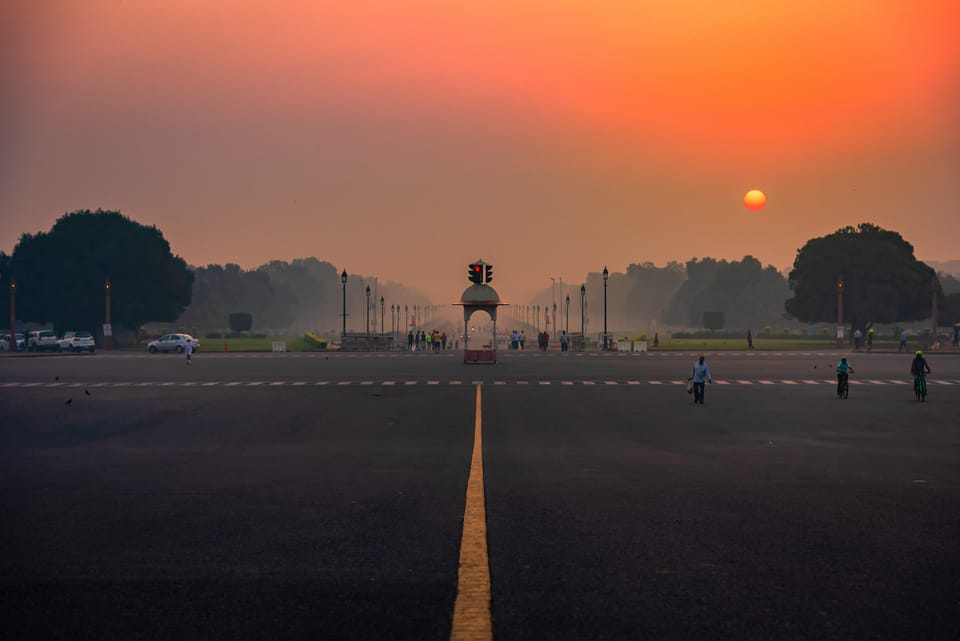How are Indians Talking About Modi After the Election?

Key Points from FilterLabs' Analysis:
- Despite his surprisingly disappointing election results earlier this summer, Prime Minister Narendra Modi has been receiving generally positive coverage in the Indian press, and to a lesser extent in Indian social media as well.
- Modi’s focus on technology jobs is meeting with approval, as are his efforts to reform the pension system and some of his diplomatic missions abroad.
- However, he still faces domestic challenges, especially anger over violence against women and tensions in Jammu and Kashmir.
Narendra Modi may have won his bid to remain Prime Minister, but his party failed to retain its majority in Parliament. He now faces a host of challenges—at home and abroad.
Using our data platform Talisman to examine discourse sentiment as well as individual artifacts from our data feed of Hindi online news and social discourse, FilterLabs has been following the Indian media closely. Their coverage of domestic and foreign affairs offers a preview of the issues that will likely define Indian politics for the next few years.
In both news coverage and social media platforms, sentiment in discourse related to Modi has been relatively stable in the past month—though average sentiment in social media is notably lower, and a bit more varied, than in the news.
In social media discourse, sentiment around Modi rose through the middle of August. At the time he was traveling to Ukraine and Poland, meeting with both politicians and soldiers. The Poland trip was the first visit by an Indian Prime Minister in 45 years, and the Ukraine stop was the first by an Indian Prime Minister since the establishment of diplomatic relations in 1992. His trip was well-received in the media at home, as it reflects India’s growing ambition on the world stage. Social media generally responded favorably as well.
Closer to home, there was positive sentiment in stories about Modi’s diplomacy in Pakistan and Bangladesh. The Pakistani government has invited Modi to the Shanghai Cooperation Organization summit in Islamabad, and, although it is unclear if Modi will attend, the fact that the invitation has been extended is being covered in Indian news as a step in the right direction, with positive sentiment building around potential Indo-Pak dialogue. Likewise, there was appreciation on social media about the fact that the government in Bangladesh has assured Modi it is committed to protecting Hindus, a local religious minority.
There was also good news about the economy and other promising areas on the domestic front. On August 15, India’s 78th independence day, Modi gave a speech touting economic growth, technological advancements, and women’s empowerment and safety, which resonated strongly with the public. His vision for a “Viksit Bharat [Developed India] by 2047" was praised on social media for its optimism and forward-looking approach.
Sentiment around Modi stayed relatively stable through the rest of August. There were positive stories in the news about Modi visiting the United States, and praise on social media for the government’s pension reforms, which promises that pensions will be linked to inflation and therefore more stable.
But there were some negative storylines, too. Tensions were flaring in Jammu and Kashmir, where Muslim organizations feel that a property law bill in the Indian Parliament infringes on their religious freedom. There was also concern about ethnic violence in Manipur, a state in India’s northeast near the Chinese border.
When sentiment around Modi dipped in early September, it was once again largely due to developments in Jammu and Kashmir. At a large opposition rally, Modi’s government was accused of spreading hatred, promoting regionalism, detaining political leaders, and pushing divisive politics instead of upholding secularism. News coverage also revealed increasing concern about the violence in Manipur, and criticism of Modi’s government for not giving enough attention to internal conflicts.
There was also increasing outrage, especially on social media, over the rising number of rape cases in India, particularly the Kolkata case involving the rape and murder of a medical student. Public demand for government action to improve women’s safety is growing louder and more urgent.
Interestingly, the relatively flat and low range of sentiment scores we’ve seen in recent social media discussion about Modi are a change. Sentiment relating to Modi has declined significantly since polls closed on June 1:
Some of this may have to do with a shift in topic, as much of the discussion immediately after the election centered on Modi’s victory, whom he was appointing for various positions, and the like. But as India shifts from election season to everyday life, it seems that all is not well, and that the people of the world’s largest democracy are not entirely satisfied with the governance of the leader they have chosen.
Modi is enjoying a growing economy—especially in the tech sector—and a growing profile on the world stage. That augurs well for him. But he faces real challenges, too, like the ongoing tension in Jammu and Kashmir, where disputes over governance and religious autonomy persist, and growing concern over women’s safety and the government's response.
Modi may have survived the election and kept his position as Prime Minister, but surmounting the challenges ahead of him will be even more difficult.
